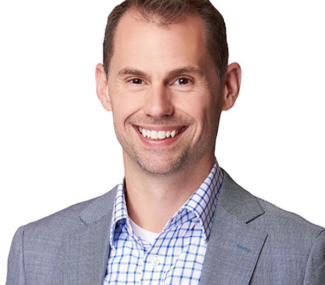A Look at Education, Culture and Wellness in the Future Workplace

The Future of Work is a buzz phrase. If you want proof, Google search it – you’ll get approximately 468 million hits. It’s also a prevalent topic for consulting and advisory firms (natch), employment agencies, leadership programs, and business magazines. But it’s a misnomer. It’s no longer the “future” of work. It’s the current reality. With the ever-increasing pace of change in corporate, government, educational, and social environments, we reach ‘future state’ often before we can adequately prepare.
In this blog, we look into our own recent blog history to consider three vantage points for thinking about how to maximize culture, human performance and results in the current and future workplace. We look first at education and how the U.S. system is laying a foundation for the growth of a population of critical thinkers. Then we consider how to nurture a sturdy workplace culture when the workforce is increasingly remote (and even robotic). And finally, we get back to the fundamentals – how to make people feel and perform at their best by centering on health and wellness.
________
Education
“The illiterate of the 21st Century will not be those who cannot read and write,
but those who cannot learn, unlearn, and relearn.” (Alvin Toffler)
In the Knowledge Era, realities like globalization and hyperconnectivity present challenges and opportunities for organizations that regularly outpace their solutions sets. The need for a workforce fluent in critical thinking continues to rise as abilities like innovation, system thinking, and predictive analysis overtake hard skills in value. And that need is reshaping the modern education system.
Modern education already works to make sure our children can read and write. Those are the basic processes that fill the toolbox. The emerging workforce has to know what to do with those tools. They need to know how to exercise skepticism, to question, and to think creatively. And that takes a new kind of education that begins in the classroom and continues through every phase of professional maturity.
See how the current U.S. educational structure is changing to give students a foundation for success in the future workforce.
Read: Why Kindergarteners Always Win the Marshmallow Challenge
________
Culture
Shifting workforce paradigms mean that leaders must seek to align the needs of the organization and the expectations of the stakeholders by remembering the irreplaceable impact of human engagement.
From remote workers, gig economy contractors, and flattened operational (non)hierarchies, the shape of the modern workforce has changed dramatically over the past decade. Technology is complicating the effort. Artificial Intelligence (AI), machine learning, distributed and teleworking employees, all are decreasing the number of people actually working inside the traditional office environment.
At the same time, stakeholder expectations have continued to shift, disintermediation is empowering customers, and power is transitioning from traditional executive positions down and across the organization. All of this change has created friction between employers, employees, customers, and society. To get back to a place where teams espouse shared purpose, values, and goals, organizational leaders must actively prioritize human-to-human connection.
Learn how employers can engage human-centered innovation and establish social contracts that align everyone in the tribe in a shared objective, no matter where they are working or the role they play.
Read: Why Human-to-Human Engagement Will Win in the Technology Age
________
Wellness
Employers who genuinely listen to their people will hear their desire to do the things necessary to take care of themselves so that they can feel good, function well, and work to their best.
Now more than ever, how employers account for the whole-life wellbeing of their people has great relevance. As they strive to unite often disparate and remote members of their collective workforce, pursuing fundamental human values is critical. Leaders can combat the current realities, create a healthy working culture, and build a competitive hiring position by keeping their focus on the basics – feeling valued, work-life balance, trust, etc.
Consider why it’s important to help your workforce remain attuned to their day-to-day and overall wellness. Understand how to advances in healthcare and monitoring devices (IoT) enable that purpose. And learn how to institute a culture where preventative maintenance is the norm and where your people take advantage of the time and resources made available to them to achieve a state of wellness and high performance.
Build a workforce-friendly organization by establishing a set of shared values and giving your people the latitude and trust to work and function in the ways they can perform best as people and employees.
Read: Take Care of Your People if you want Your Organization to Thrive
It’s time to remember that the future of work is built on the same priorities as the present and past of work – people.
{{cta(‘5f5aaf5c-39c6-4763-8891-2cee93f8c351’)}}
- Categories
- Futures and Foresight
- Workforce of the Future


 About the Authors
About the Authors